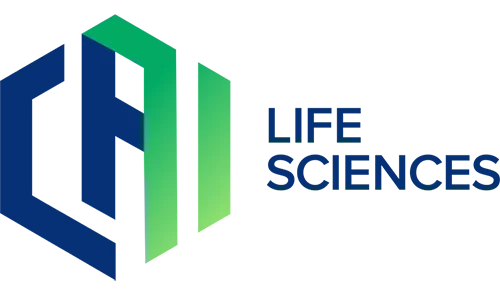Operational readiness is a critical milestone for any organization embarking on new projects or processes. Achieving readiness requires more than just meticulous planning; it demands the integration of cutting-edge technologies to streamline workflows, reduce costs, and ensure optimal performance from day one. Tools like large language models, knowledge graphs, and digital twins are redefining operational readiness and setting new standards across industries.
The Role of Technology in Operational Readiness
Modern industries face challenges such as stringent regulations and evolving customer expectations. Operational readiness ensures resources, systems, and teams are aligned for seamless execution. Advanced technologies address these needs with innovative solutions.
Large Language Models (LLMs)
LLMs automate documentation and improve knowledge sharing by generating and analyzing text. This reduces validation documentation time—a process that can take weeks—to mere hours. LLMs also analyze historical data to identify inefficiencies, providing actionable insights for smoother operations and data-driven decision-making.
Knowledge Graphs
Knowledge graphs link disparate data sources like equipment logs, process specifications, and compliance records into a unified framework. They help identify systemic trends and enable proactive issue resolution, reducing downtime. Organizations can adapt swiftly to changes, such as new regulations, by leveraging holistic operational views.
Digital Twins
Digital twins create virtual replicas of physical systems, enabling organizations to simulate scenarios, validate processes, and predict outcomes. These models help identify bottlenecks, optimize processes, and prepare for emergencies, enhancing operational excellence and mitigating risks.
Bridging the Gap Between Traditional and High-Reliability Environments
Adopting advanced technologies bridges the gap between traditional methods and high-reliability environments. These tools integrate seamlessly with existing systems, delivering measurable benefits.
Accelerating Time-to-Market
Automated validation processes powered by LLMs reduce documentation time by up to 90%. Digital twins enable rapid simulations and adjustments, ensuring facilities become operational quickly—a critical factor for competitiveness and profitability.
Enhancing Compliance
Knowledge graphs link compliance records with operational data, minimizing non-compliance risks. For instance, they trace every step of a validation process, providing transparent, auditable trails that instill confidence among teams and regulators.
Preparing for the Future
As industries evolve, operational readiness becomes increasingly essential. Advanced technologies are investments in resilience and adaptability. Automating documentation, leveraging interconnected data, and simulating readiness empower organizations to optimize resources, work smarter, and deliver exceptional results.
Embrace the Future with Technology-Driven Operational Readiness
In a world of constant change, readiness is everything. By integrating advanced technologies, organizations achieve unprecedented levels of efficiency, compliance, and resilience. The journey to operational excellence begins with innovation. Are you ready to lead the way?
